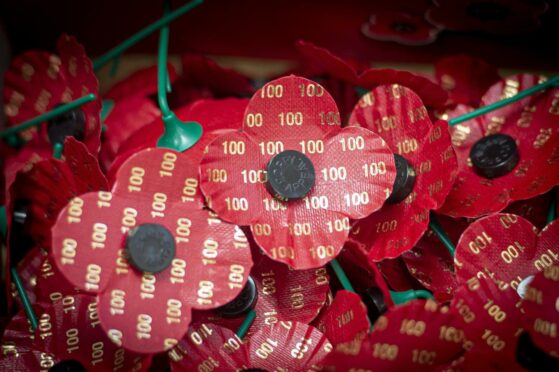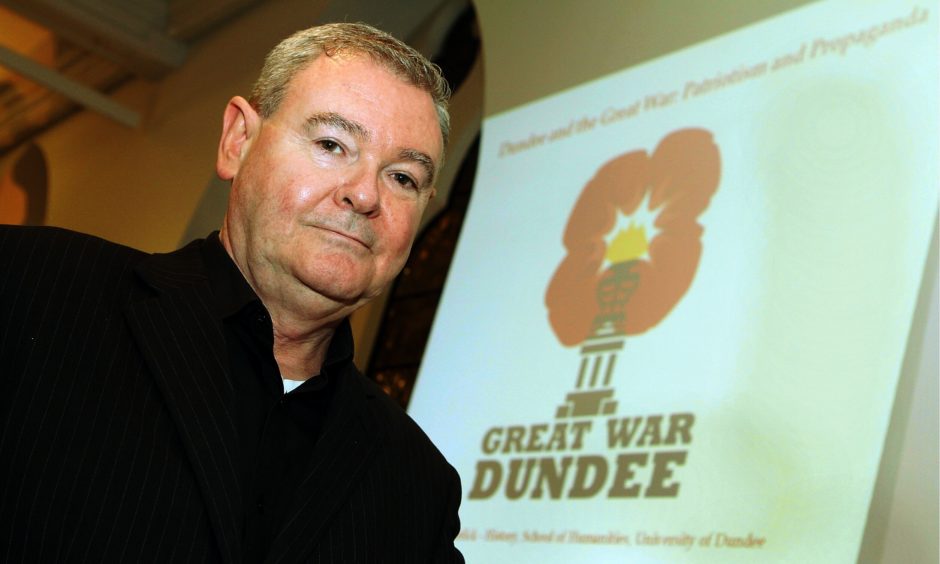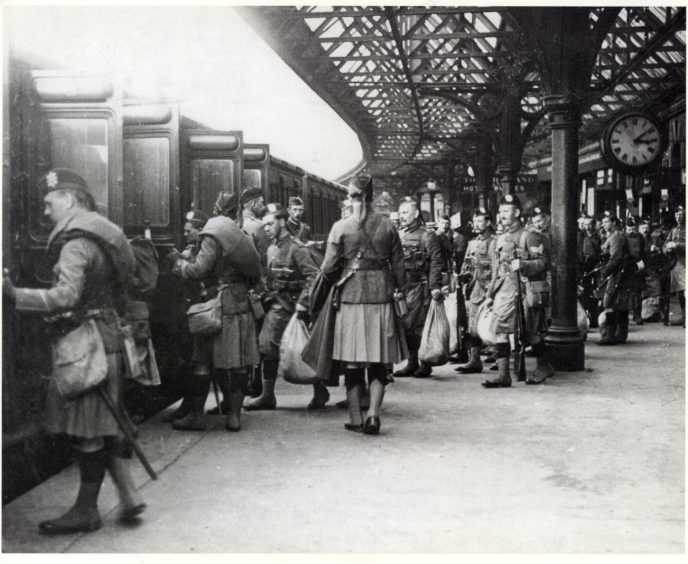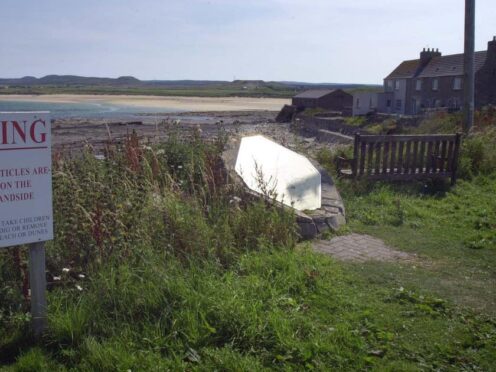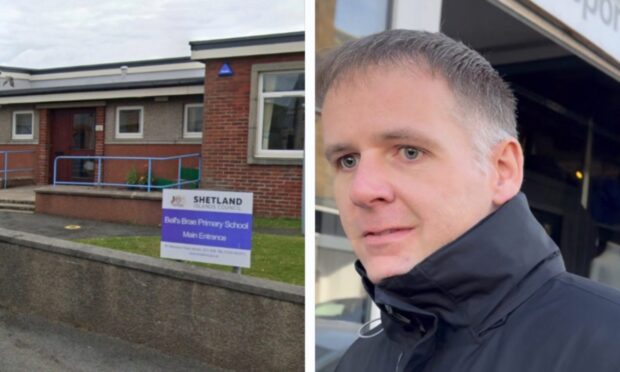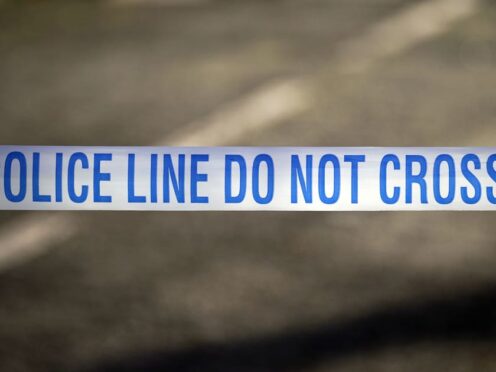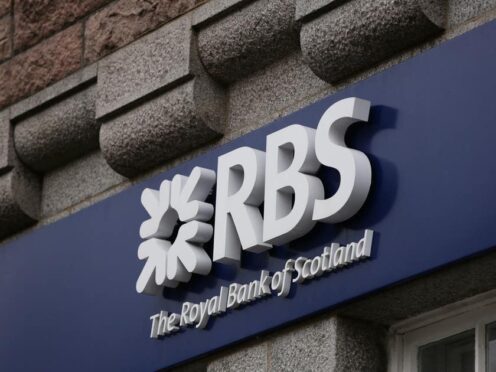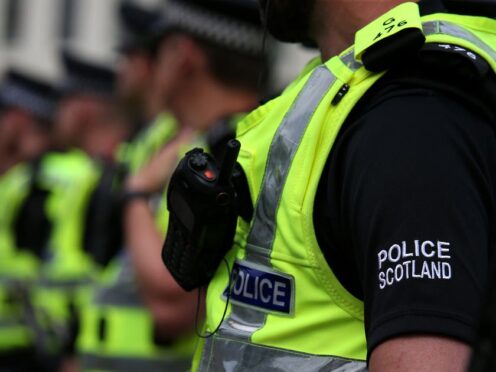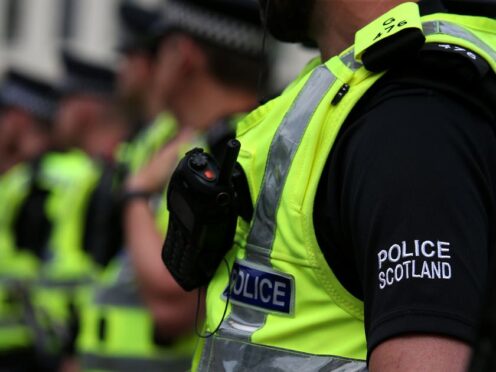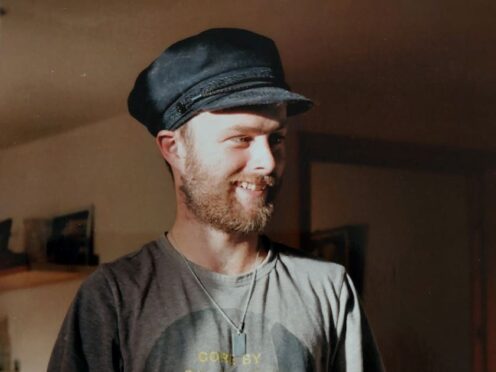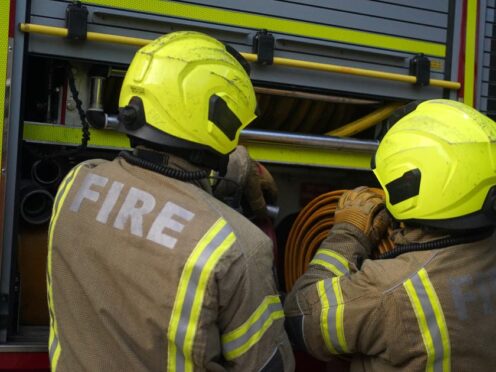It was the historic moment when more than five years of carnage and bloodshed that had cost millions of lives finally ended.
The Armistice that ended fighting on land, sea and air in the First World War between the Allies and Germany came into force at 11am on November 11 1918 – sometimes referred to as “the eleventh hour of the eleventh day of the eleventh month”.
For the past century, thousands of people have gathered annually on Remembrance Sunday to pay their respects at war memorials across the land.
They pay silent homage to those who served and perished in the so-called Great War and other bloody conflicts that have followed since.
But while names etched on war memorials give a two-dimensional glimpse into the scale of the human tragedies that afflicted just about every community across the land, an interactive digital project pulled together by DCT Media is, for the first time, giving a true visual insight into the scale of the First World War losses in Dundee and Aberdeen.
Digital search tool
The 6,089 Dundee WW1 victims: Search their names, ages, ranks and addresses
With November 11 marking 103 years since the end of the Great War, and with this year also marking the 100th anniversary of the poppy becoming a symbol of remembrance, our interactive maps and tables pay tribute to those from Dundee and Aberdeen who lost their lives in the conflict.
From afar the digital “scrollytelling” maps may look like a field of poppies.
But zoom in and each poppy on the map represents the residence of a life lost as a result of the First World War – and behind each one lies a unique story.
DCT media data editor Lesley-Anne Kelly explained that the digital maps had been created using Great War Dundee’s roll of honour – listing 6089 soldiers who made the ultimate sacrifice – and Aberdeen’s roll of honour, digitised by Aberdeen City Council, which lists 5,025 soldiers’ names.
The 5,025 Aberdeen WW1 victims: Search their names, ages, ranks and addresses
“The project came about when I was giving a presentation to the newsroom on using open data sites to surface stories,” she explained.
“Emma Morrice in my team was on the call and did exactly what I recommended – search the words “open data” and your area.
“When she did that she ended up finding the Aberdeen open data site and the fascinating data they had on the WW1 roll of honour that had been recently uploaded.
“We immediately thought it could make a nice story as the data had addresses of thousands of soldiers and we thought it would be good to map all of it out for Remembrance Day.
“In the meantime we asked some other local authorities if they had anything similar and ended up with data from Dundee.

“We used code to locate the 11,000 odd addresses, however as they were based on 100 year old handwritten forms. The mapping needed a lot of manual work to sense check and fix the locations.
“Joely Santa Cruz spent many hours finding cap badges of the various regiments to add extra detail and Emma Morrice also mapped out the locations of where the Tayside soldiers are memorialised.
“Various other colleagues also added some additional human element by researching and telling some of the stories we found when analysing all of the data.
“The final project comes together with an animated ‘scrollytelling’ map that aims to really drive home the magnitude of the losses and an interactive map and table where readers can look up their streets or search for their great-granddad etc.”
Commemoration welcomed
One man impressed with the final result is Great War Dundee historian and retired Dundee University academic Dr Billy Kenefick.
He welcomes the fact the digitisation also considers those who succumbed to their physical and mental injuries after the war ended – an important aspect to recognise.
“This is an excellent example of a digital interactive commemoration build on the digital heritage of Tayside and Dundee promoted and advanced by the Great War Dundee commemorative project led by Dr Iain Donald and based on the invaluable work of Gary Thompson,” said Dr Kenefick.
“It is an interactive documentary of the impact of the Great War offering the viewer a real sense of the bigger picture of war, the casualties from the major battles and campaigns that Taysiders and Dundonians were involved in, the individual stories of those who died, and locate where in the city and the county they came from.
“In doing so this digital interaction brings to life the main narrative ‘that every poppy tells a story’.”
Raising awareness
According to Iain Donald such digital projects help to raise awareness of the impact of war at the personal as well as the community level.
The viewer can thus make personal and intimate connections with the past, while engaging with the wider narrative of how the First World War was fought and won and the cost in terms of the causalities involved.
Dr Kenefick added: “The aim of the Great War Dundee project was to engage with the wider community and to disseminate as widely as possible Dundee and Tayside’s experience of war.
“This digital interaction fulfils this aim admirably and will be a valuable educational tool for all who have an interest in the history of the Great War.”
The Lord Provost of Aberdeen Barney Crockett also welcomed the project. He added: “We are really pleased that our open data is being used in this way as the map will allow people to see the impact on communities across Aberdeen.
“It is as important as ever that the names of individuals who lost their lives in the First
World War are remembered, as well as those family members they left behind.”
